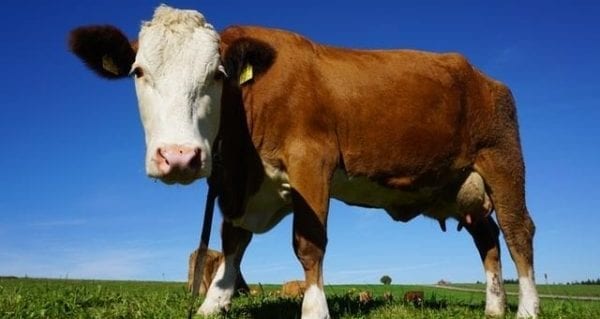 The end of the European Union’s (EU) dairy quota regime on March 31 leaves Canada as the only developed economy in the world with a highly-protectionist quota and tariff system in the dairy sector.
The end of the European Union’s (EU) dairy quota regime on March 31 leaves Canada as the only developed economy in the world with a highly-protectionist quota and tariff system in the dairy sector.
The EU is hoping to take advantage of the growing Asian demand for dairy products by increasing the productivity of its dairy farmers. Many European daily farmers welcomed the news, at least from an administrative point of view. To offset the burden of the reforms of course, EU farmers will have access to extremely generous subsidies.
Can Canada learn anything from the EU’s strategy to end dairy quotas to help end its own dairy quota regime?
Europe implemented its quotas on cow’s milk for the same reason Canada did: to prevent embarrassing overproduction which had led, in Europe’s case, to milk lagoons and significant waste. Second, as with Canadian farmers, European farmers, big and small, were guaranteed a farmgate price to cover operational costs no matter how many cows they owned.
The underlying principle of the old system in both the EU and Canada was to provide equal opportunities to all, but it came with a price. Farmers had to shoulder costs for quota levies, the purchase of quotas and quota fees. But unlike in Canada, German dairy farmers for example also had to pay an estimated $20 billion in fees every year, an amount equal to almost all of Canada’s dairy quotas current book value. But because the end of the EU quota system was first announced in 2003, many measures have already been announced to provide a softer landing for its dairy sector.
Under the EU’s quota system, retail prices had been favourable to consumers. On average, European cheeses are less than half of the price of most Canadian cheeses. Fluid milk and yogurts are more affordable as well, compared to Canada, but discounts vary from one region to another. Still, a consumer of dairy products in the EU can currently buy more for less.
But now, as small farmers exit the industry while larger outfits become more efficient, retail prices become less predictable. Some analysts predict dairy prices in the EU will start increasing again soon, with no way of forecasting retail prices over the long term.
Should similar changes be implemented in Canada, similar economic rules would also apply. Not a soul can really predict what will happen to retail dairy prices.
Given that, in Canada, billions in quotas are used as collateral to support farmers who pay very small levees compared to those in the EU, a Canadian-tailored quota-lifting reform would take at least 15 years to implement, at a cost to taxpayers in the billions in subsidies and asset writeoffs.
Additionally, Canada’s geoeconomic reality is far different than the EU’s. Canada is just north of the United States where farms are currently much more efficient than ours.
If supply management were to end abruptly tomorrow, our dairy sector would simply collapse. Nevertheless, supply management needs to change, and dairy farmers know it, except in Quebec which has more than 40 per cent of all dairy quotas.
Canada cannot leverage its position on the international stage through trade agreements, such as the Canada-EU deal or the Trans-Pacific Partnership, unless it fundamentally changes how it support agriculture and supply-managed commodities, including dairy.
And that change needs to begin in the minds of dairy farmers, to whom broad competitiveness and international market development are foreign concepts.
A Canadian-made reform should maintain dairy quotas but with a twist. Instead of looking at averages to set prices at the farmgate, the Canadian Dairy Commission in Ottawa should only look at top performing farmers in order to increase effectiveness and lower input costs for processors domestically.
In addition, Canada should also look at creating a new category of quotas to develop international markets through innovative products, but this cannot be achieved without committing to lowering tariffs on imports to garner some support from international partners.
In essence, Canada can be inspired by the EU’s initiative with dairy quotas, but just cannot afford to replicate what it did. Canadian dairy farmers deserve a custom-made approach.
Dr. Sylvain Charlebois is senior director of the agri-food analytics lab and a professor in food distribution and policy at Dalhousie University.
Sylvain is a Troy Media Thought Leader. Why aren’t you?
The views, opinions and positions expressed by columnists and contributors are the author’s alone. They do not inherently or expressly reflect the views, opinions and/or positions of our publication.
